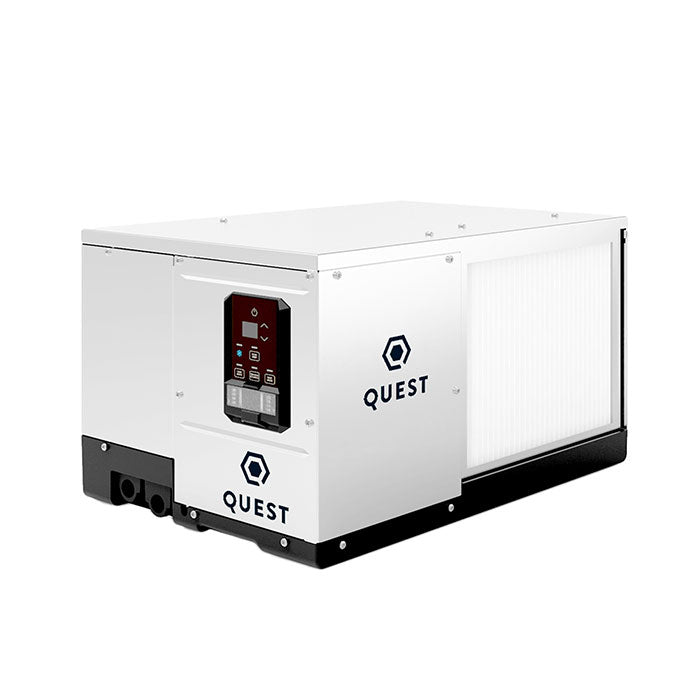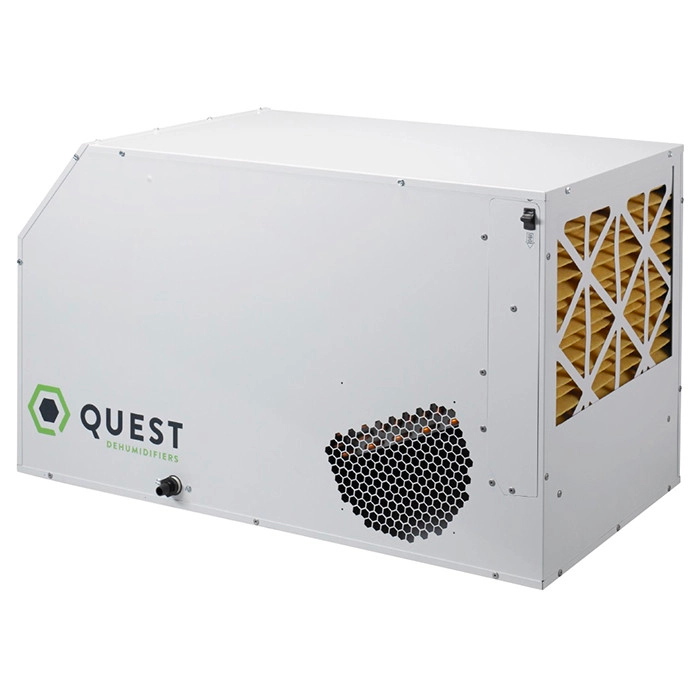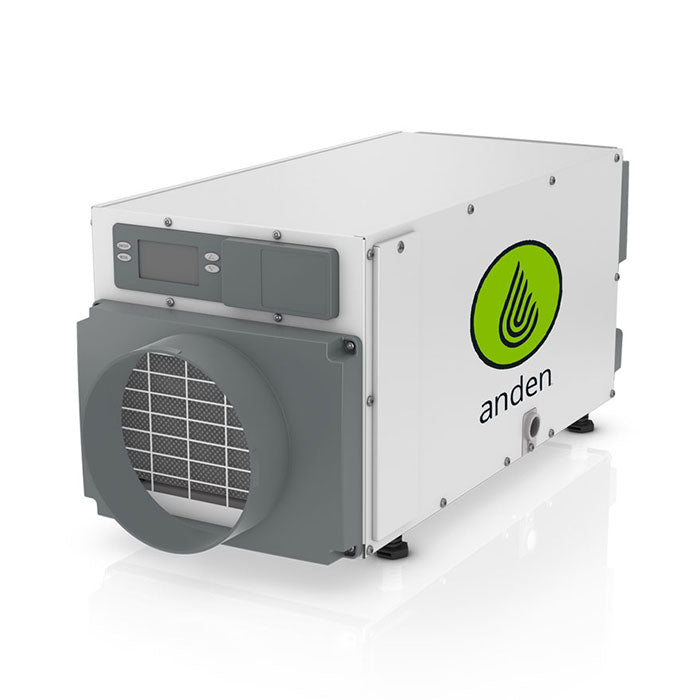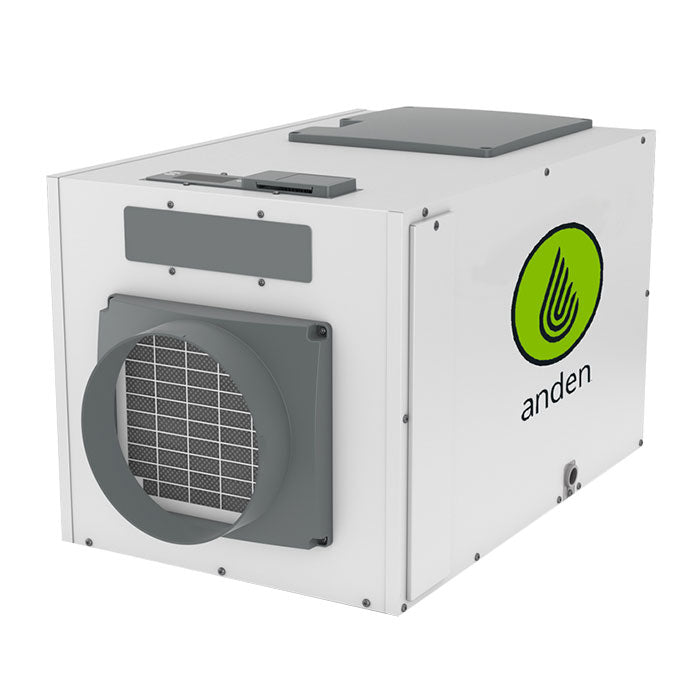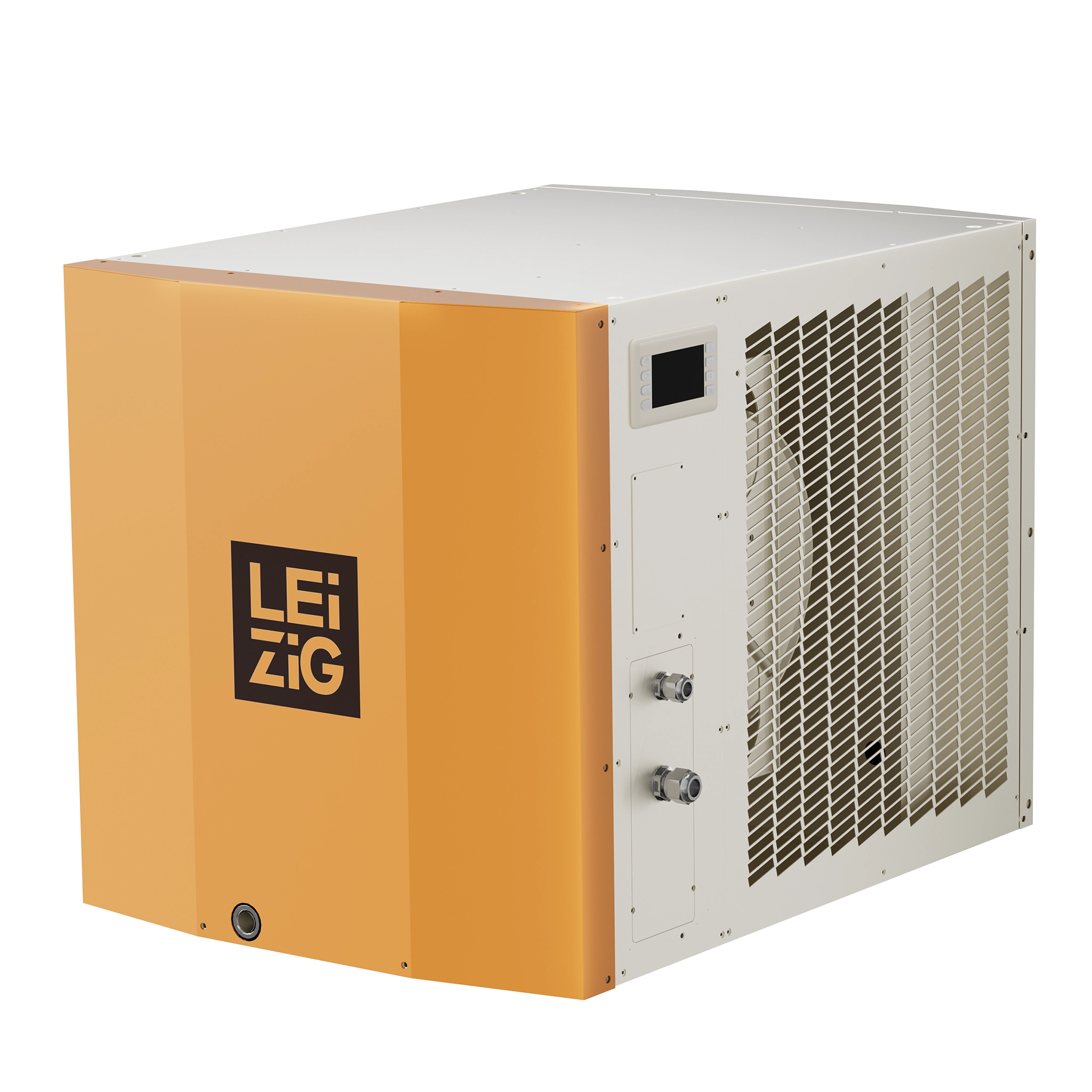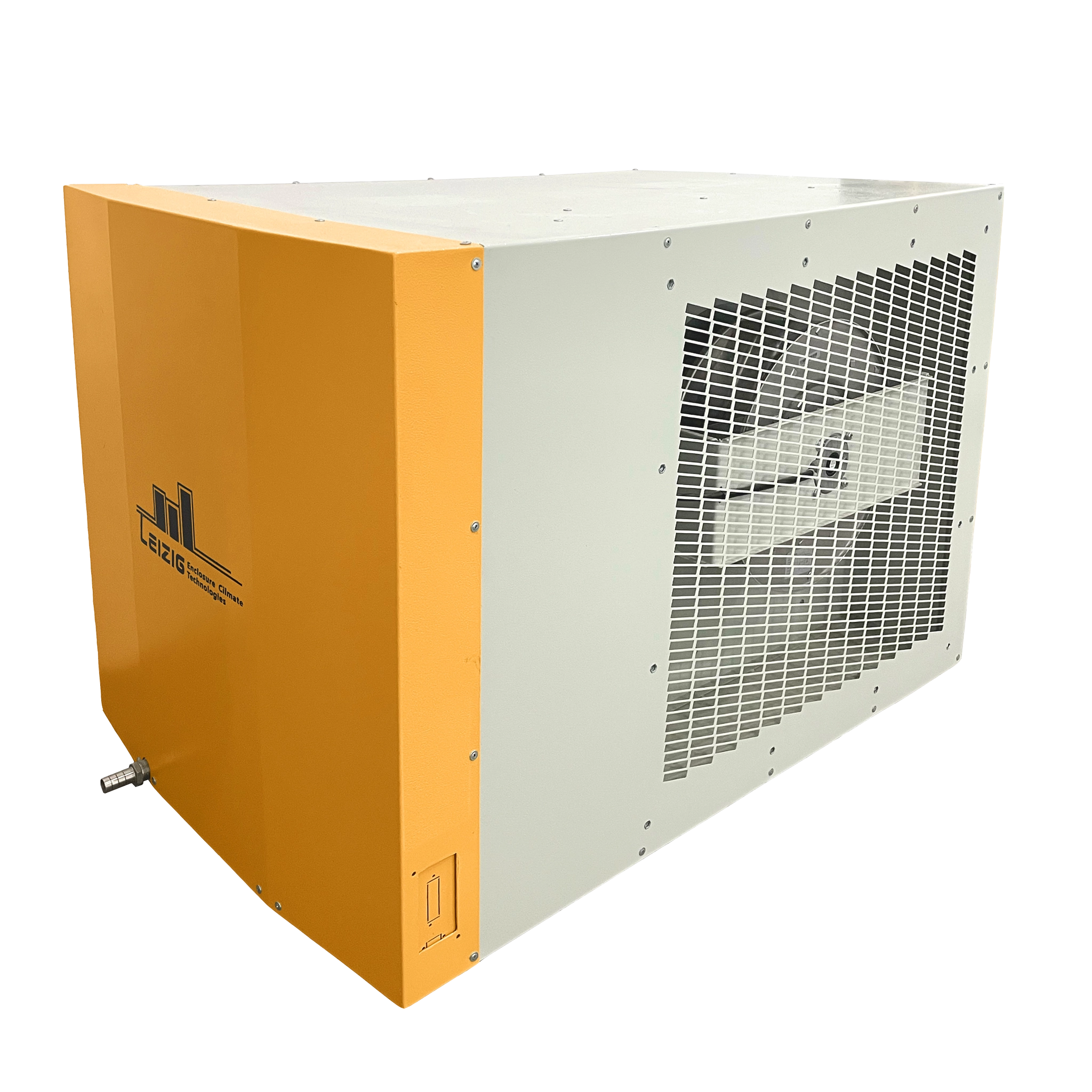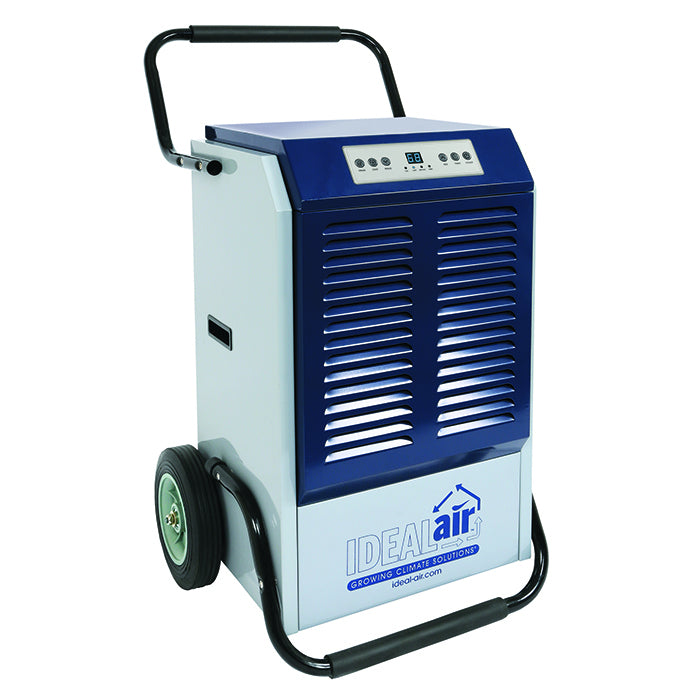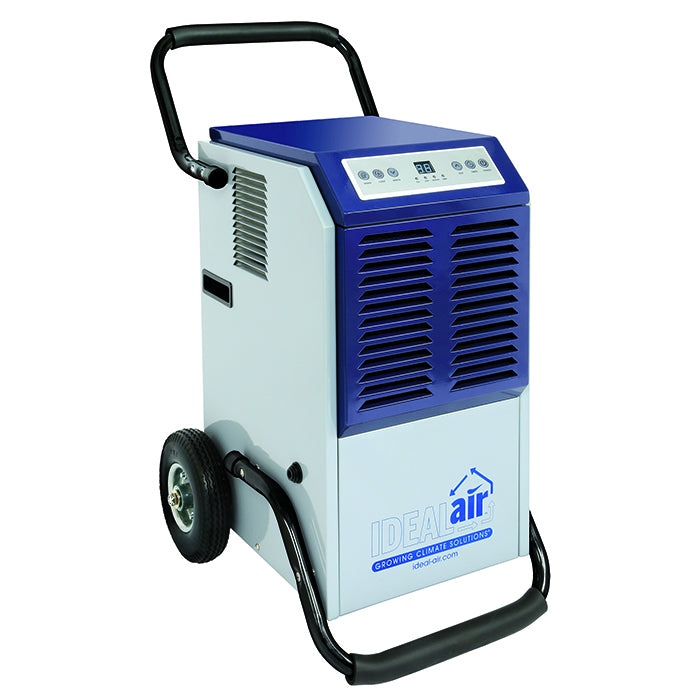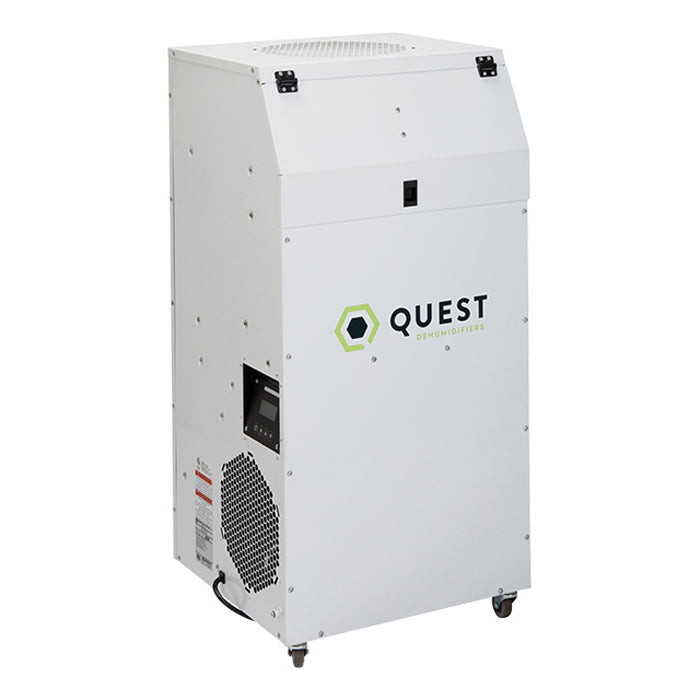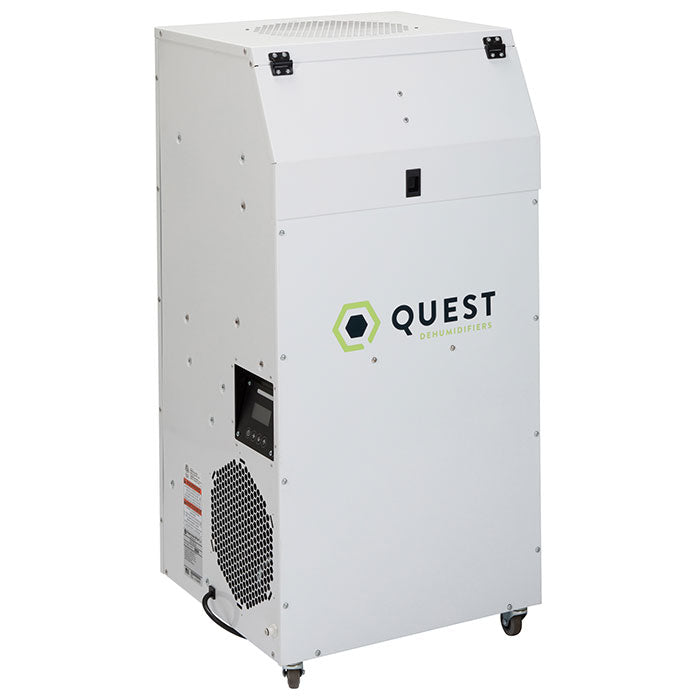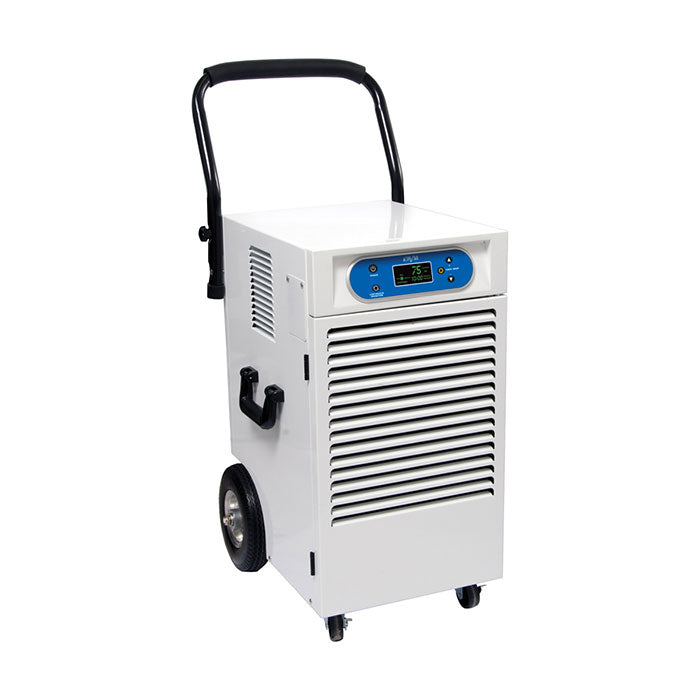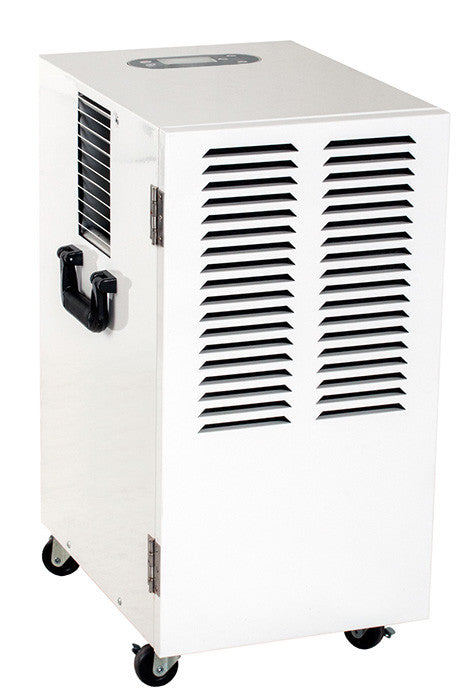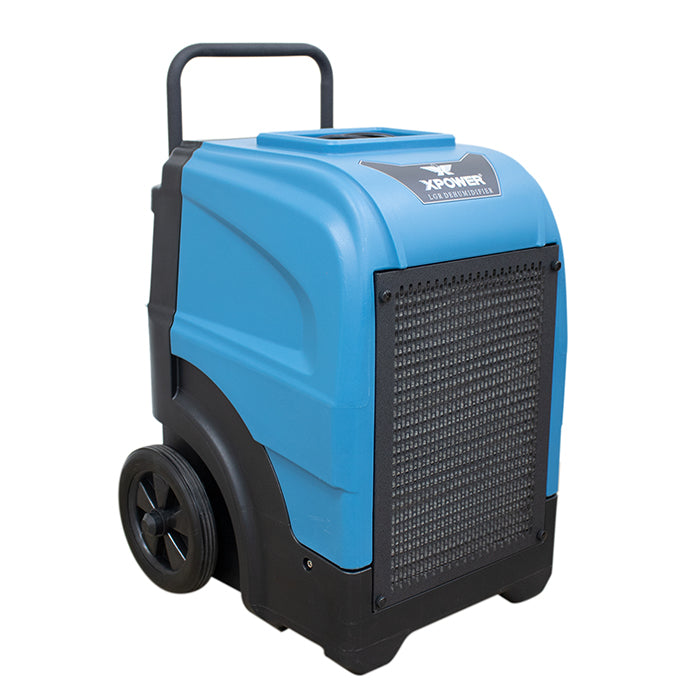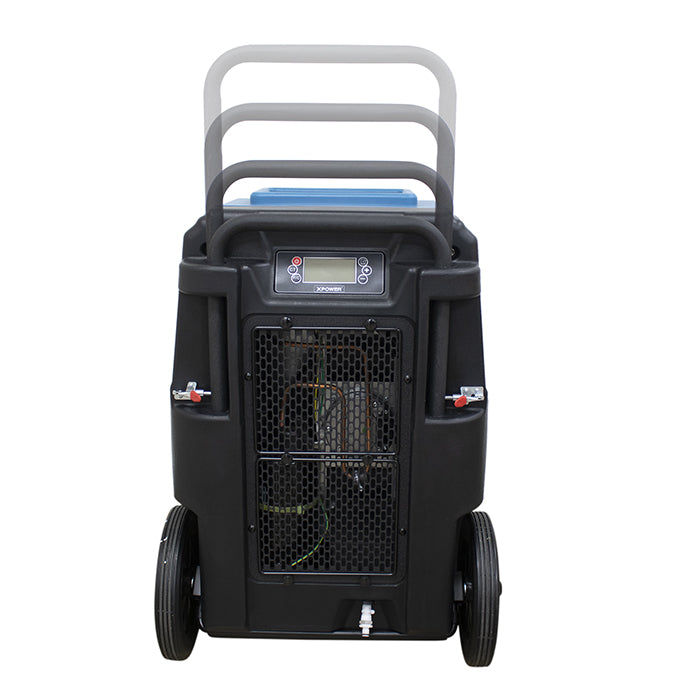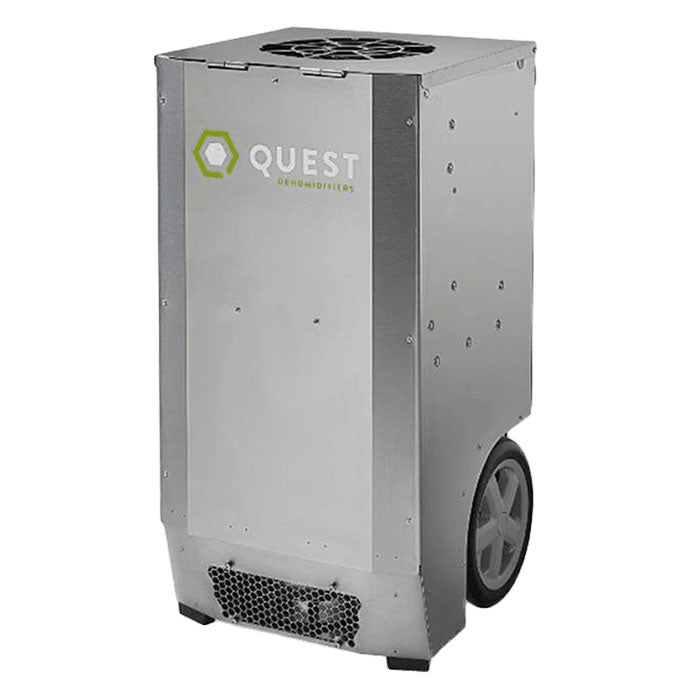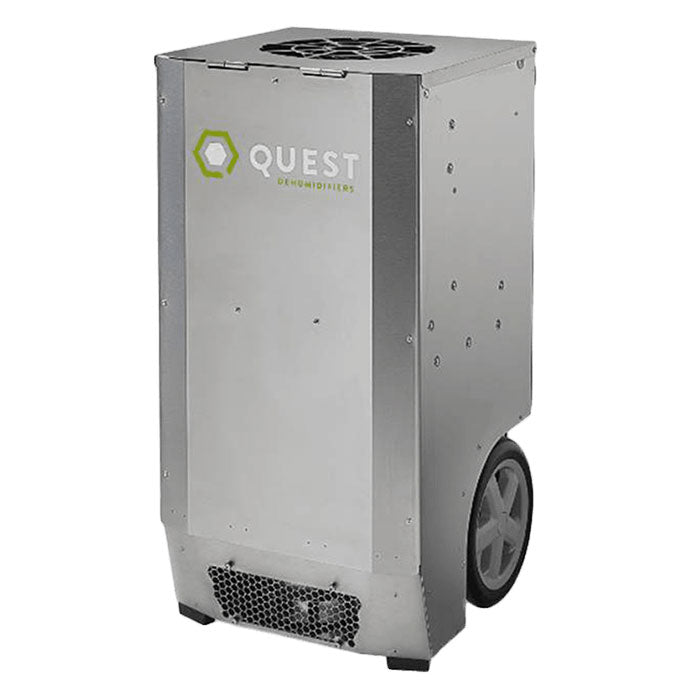Commercial Dehumidifiers | Grow Rooms & Grow Facilities
If you are growing in a large warehouse or grow room you likely need a larger commercial dehumidifier. Large dehumidifiers will help to remove water from the air. Without one, you run the risk of excess moisture ruining your grow. This can cost you far more than one of these dehumidifiers would have.
The indoor farming industry has a lot of big challenges. One of the biggest is creating and keeping a steady, consistent area for plants to thrive. Without a reliable environment you could lose your entire harvest.
Once you lose control of your climate, huge issues can begin to take hold. The two main concerns many growers face at one time or another are powdery mildew and botrytis. Botrytis is more commonly known as bud rot. Either of these issues can destroy a grow and lead to lost revenue.
Humidity is one of the most important aspects of a grow room. Too much or too little humidity can be a problem. Plants do best in humidity levels of 40-50% during veg and flowering. They like slightly higher humidity during propagation.
You want to make sure your moisture levels stay at a happy medium. Moisture levels that are too low or too high can have bad effects on your plants.
We recommend all growers keep a hygrometer in the grow room to help control the humidity. Many of these devices also contain thermometers. Help control the temperature at the same time!
Do I Need A Commercial Grade Dehumidifier?
Commercial dehumidifiers are made for use in a greenhouse, big indoor gardens, and large spaces. On the other hand there are portable dehumidifiers. These are great for hobby or home growers with small grow rooms. These smaller units are not great for keeping moisture out of the air of a larger operation.
Whether or not you need a commercial or industrial dehumidifier will depend on your electrical set up. Commercial greenhouses and warehouses oftentimes use 208 Volt or 240 Volt plugs. This is to help efficiently power a large system.
The bottom line is if you are serious about your grow this is the way to go. These units can save you money and trouble! People don’t realize how important keeping up a proper environment is. Don’t be one to find out the hard way!
How does a commercial dehumidifier work?
Commercial dehumidifiers work in the same way as most dehumidifiers. They just work on a much larger scale. The unit will suck in hot and moist air with a fan. This air then crosses over its refrigerant-cooled coils.
The dehumidifier works by cooling the air and causing the moisture to condense on the coils. The dry, cool air is then sent back into the room or into a separate zone. The water pulled out will be set for continuous drain at the base of the unit.
There are different ways you can set up your grow room dehumidifier. You can set them up with ducting or ductless. You can even have free standing machines. This is great if you need to move your unit around.
It really comes down to what works best for your grow. If you have questions, reach out to our experts.
What is Continuous Drainage?
All portable dehumidifiers have a water collection area. This is often called a tank or a bucket. Its job is to collect the water extracted from the air.
These buckets are quite small. That is to keep the overall size of the dehumidifier down. They usually need to be emptied at least once a day.
It can be a huge pain to empty these buckets every day. So some units have an area that allows the water to be drained directly as it’s collected. This is known as continuous drainage.
A small hole sometimes is cut to allow a small hose to be attached to the dehumidifier. From there the water can be drained. The water is drained by gravity alone.
So for an effective continuous drain, the dehumidifier needs to be raised off of the floor. The hose needs to run to a floor level drain.
How do you size a dehumidifier for a grow room?
First, consider your growing space. How many gallons of water are you feeding plants daily? You will take this figure and multiply it by the number of plants in your system.
Then convert this to pints. There are 8 pints in 1 gallon of water.
For example, let’s say you have 20 plants, each needing 1 gallon of water a day. You will be working with 160 pints of water. So, you will need a commercial dehumidifier capable of removing 160 pints from your growing space.
We have an entire article on sizing your dehumidifier. Make sure to visit our learning center if you want to learn more!
What is the best commercial dehumidifier for growing?
You will need a large industrial dehumidifier to manage your humidity in a large grow space. It also needs to work efficiently so you get the best bang for your buck and the highest profit possible.
At Hydrobuilder, we offer commercial dehumidifiers for large grows. We have dehumidifiers from brands such as Quest, Ideal-Air, and more!
- Quest Dehumidifiers: Quest Dehumidifiers are some of the most powerful and efficient dehumidifiers on the market. There is no better bang for your buck than a Quest Dehumidifier. That is even more true when talking about commercial uses. Take your grow to the next level!
- Ideal-Air Dehumidifiers: Ideal-Air is known for their top of the line air care products. Ideal-Air is a household name you can trust. They offer smaller units as well as commercial dehumidifiers. You can be sure to get exactly what you need!
- BioTherm Solutions: These commercial dehumidifiers were made to make sure the units are easy to work on. This helps make it so extra parts can be purchased at most refrigeration and HVAC supply stores. Other brands' accessories can also work depending on the part and the unit.
If you want a specific choice for your grow room, check out our list of the best dehumidifiers of the year.
What Size Industrial Dehumidifier Do I Need For My Grow Room?
The best way to size your grow room dehumidifier is not by the number of lights you have. Instead you should go by how much water you're giving per day to your plants.
Keep this general rule in mind. Let’s say you feed 100 gallons to your plants during the flowering period when they use the most water. You'll want to make sure you have about 90% of that total (90 gallons) available to remove through this process
To convert the example to pints per day, we need to do the following calculation:
- There are 8 pints per 1 gallon. So multiply 90 gallons x 8 pints to get 720 pints per day. For this example make sure your grow room has about 720 PPD to properly regulate relative humidity (RH).
If you’re still confused you’re in luck! Our expert growers are always here to help as well. If you just need a little extra peace of mind, give us a call!
What is a Desiccant Dehumidifier?
While most people know about dehumidifiers, many think they all use refrigerants to operate and dehumidify moist air. A desiccant dehumidifier is a type of dehumidifier that does not use refrigerant and is great for a variety of areas.
These dehumidifiers use a desiccant substance instead of a refrigerant and compressor to draw moisture from the atmosphere. The desiccant wheel and adsorption method result in lower temperatures. It also aids in quieter operation than traditional refrigerant dehumidifiers.
Desiccant dehumidifiers, also called desiccant dryers, operate very efficiently with fewer power peaks. This makes them much more environmentally friendly.
What Else Are Industrial Dehumidifiers Used For?
Dehumidifiers have many uses. They don’t just play a very important role in indoor and greenhouse growing. These massive dehumidifiers can help with moisture removal for buildings with water damage or need water damage restoration.
If you have any questions regarding these products, give one of our experienced growers a call today at 888-815-9763! If you want to learn more about controlling the environment in your grow, visit our learning center!
